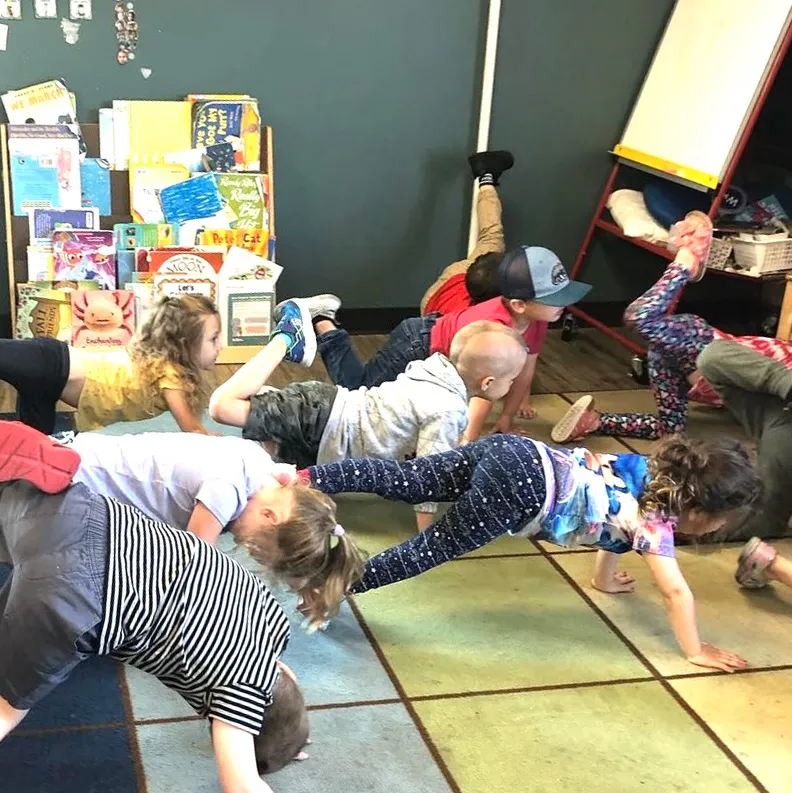
Welcome to Eureka Kids!
We are designed to meet your child's unique needs in our nurturing and diverse environment. Our childcare center focuses on the development of the whole child to help prepare them for a lifetime of learning.
Discover your child's potential with S.M.A.R.T.E.R. childcare at Eureka Kids.
Our Focus Our Philosophy Our Story









